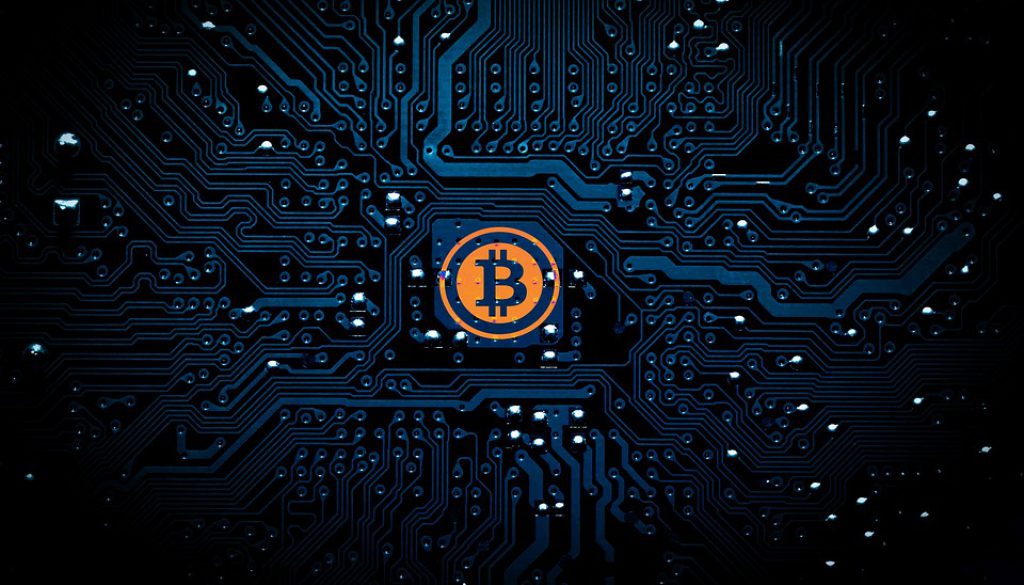In a rapidly evolving digital landscape, the rise of NFTs (Non-Fungible Tokens) has created a seismic shift in the world of digital assets. These unique tokens, each with its distinct value, have taken the art and technology worlds by storm. But what are NFT protocols, and why are they reshaping the way we think about ownership and authenticity? Join us on a journey through the exciting realm of NFTs, blockchain technology, and the intriguing facts that surround this digital revolution.
NFT protocols are the backbone of the NFT ecosystem. They provide the rules and standards that govern how NFTs are created, bought, and sold. In this article, we’ll explore the foundations of NFT protocols and their significance in the digital world.
Blockchain – The Technology of the Future
Blockchain technology serves as the infrastructure for NFTs. It’s a decentralized ledger that ensures transparency and security in digital transactions. NFTs rely on blockchain to verify ownership and provenance, making it a technology with profound implications.
Cryptocurrency and Digital Assets
NFTs are intrinsically linked to cryptocurrency. They represent unique digital assets that can range from digital art to virtual real estate. Understanding the relationship between cryptocurrency and NFTs is essential to appreciate their value.
NFTs – Irreplaceable Tokens
NFTs are the antithesis of fungible assets. They cannot be exchanged on a one-to-one basis like traditional cryptocurrencies. Each NFT is unique and holds specific value, whether it’s a rare CryptoKitty or a digital artwork by Beeple.
Ethereum – The NFT Platform
Ethereum is the chosen platform for NFTs. Its robust smart contract capabilities, especially the ERC-721 and ERC-1155 standards, allow artists and creators to tokenize their work and sell it as NFTs. It has become a hub for the crypto art marketplaces.
Smart Contracts and Token Standards
Smart contracts are the heart of NFTs. They define the rules and ensure that ownership, royalties, and other conditions are met. Token standards like ERC-721 specify how NFTs are structured and operate within the Ethereum network.
Decentralized Applications (dApps)
Decentralized applications, or dApps, are the gateway to the NFT world. These applications provide users with platforms to create, buy, and sell NFTs. They’re a testament to the democratization of art and ownership.
The Crypto Art Marketplace
The crypto art marketplace is a thriving ecosystem where artists and collectors converge. It’s a space where NFTs have allowed artists to monetize their digital work, challenging the traditional art market.
NFT Minting Process
The minting process is where NFTs are created. Artists and creators encode their work into NFTs, specifying ownership terms and royalties. This process is the birth of a digital collectible.
Ownership Verification and Provenance Tracking in NFTs
One of the unique features of NFTs is their ability to verify ownership and track the history of the token. This transparency ensures authenticity and provenance, which is vital for art and collectibles.
Rarity and Uniqueness of NFTs
Rarity and uniqueness are the driving forces behind NFT value. Rare digital collectibles often fetch incredible prices in the NFT market. Understanding what makes an NFT rare is crucial for collectors and creators alike.
Blockchain Transactions
Blockchain transactions are the backbone of NFTs. These transactions are recorded on the blockchain, providing a permanent and immutable record of ownership and provenance.
Conclusion
In conclusion, NFT protocols have revolutionized the way we perceive ownership and authenticity in the digital age. The intersection of blockchain technology, cryptocurrency, and NFTs has created a world where digital art, collectibles, and unique digital assets are accessible to all. As we navigate this evolving landscape, understanding the facts about NFT protocols and their impact on the art world is essential.




